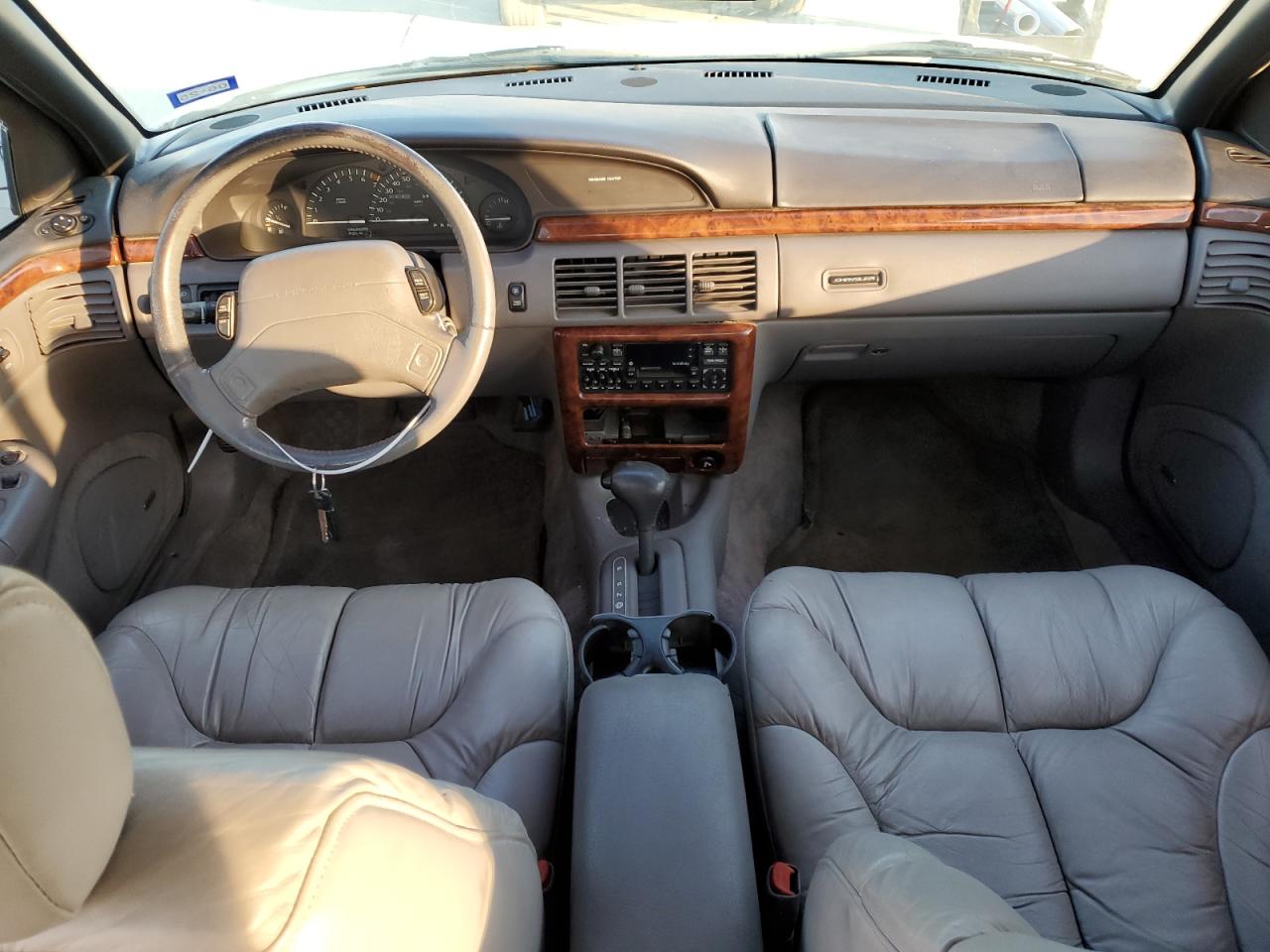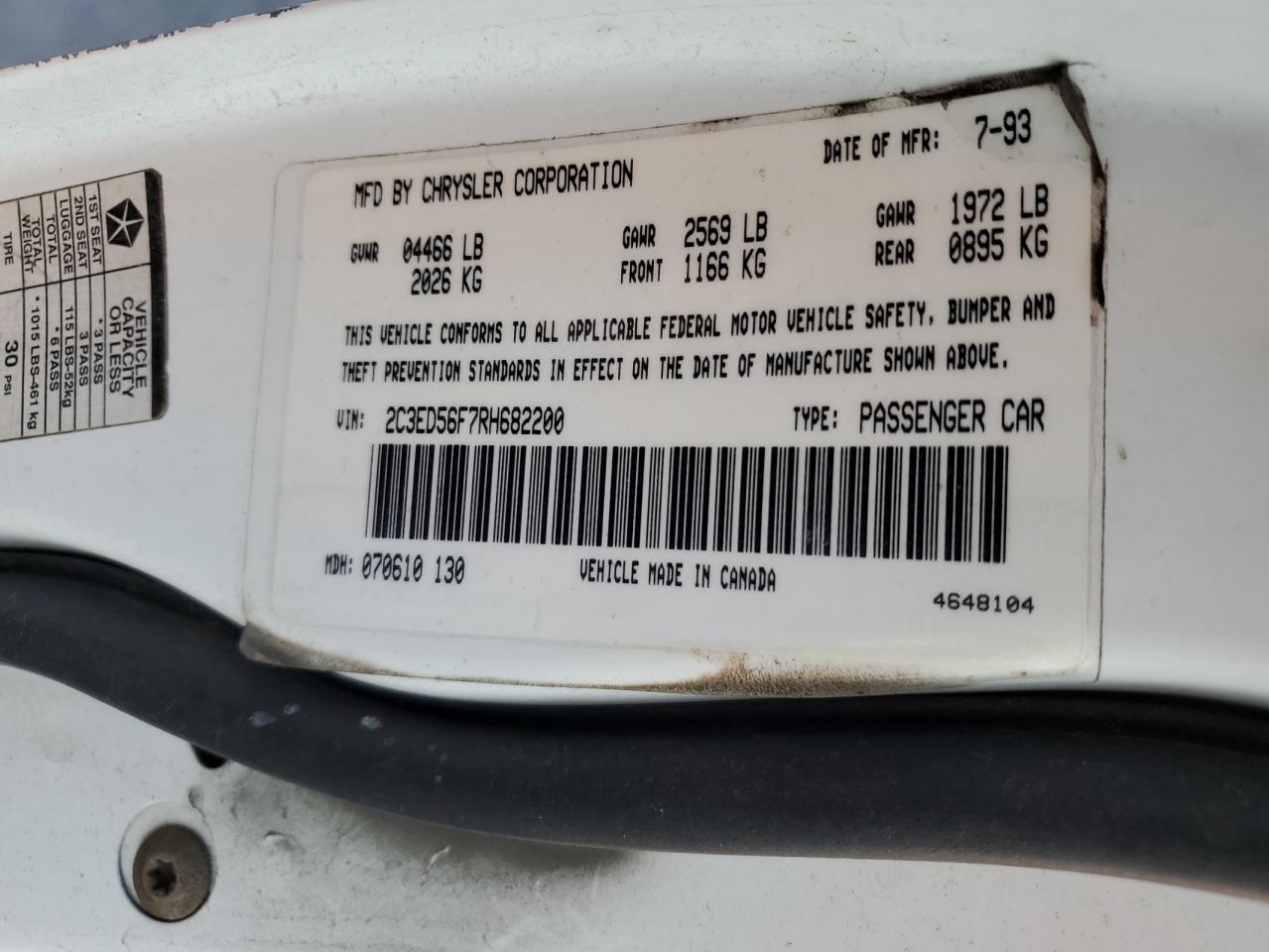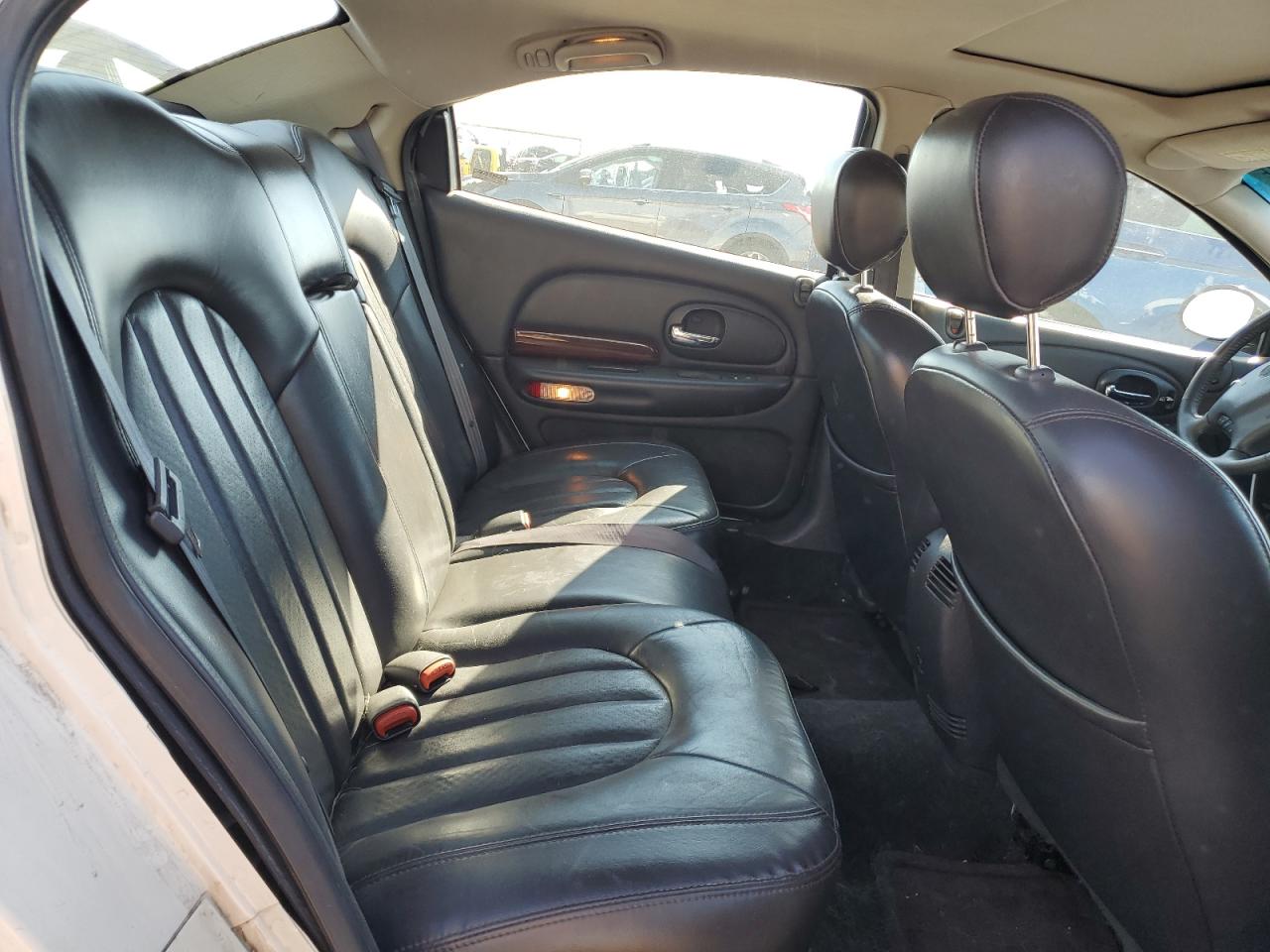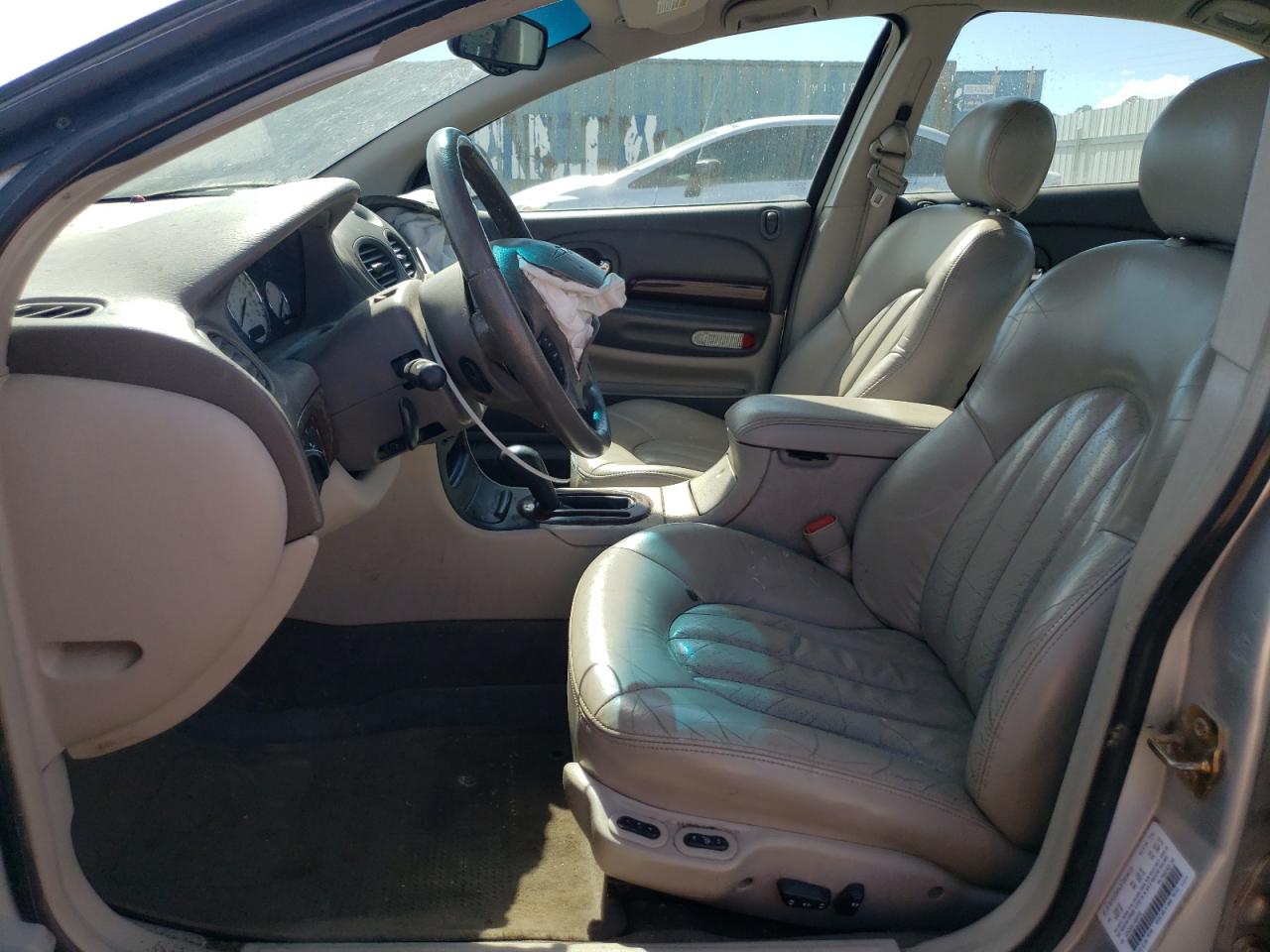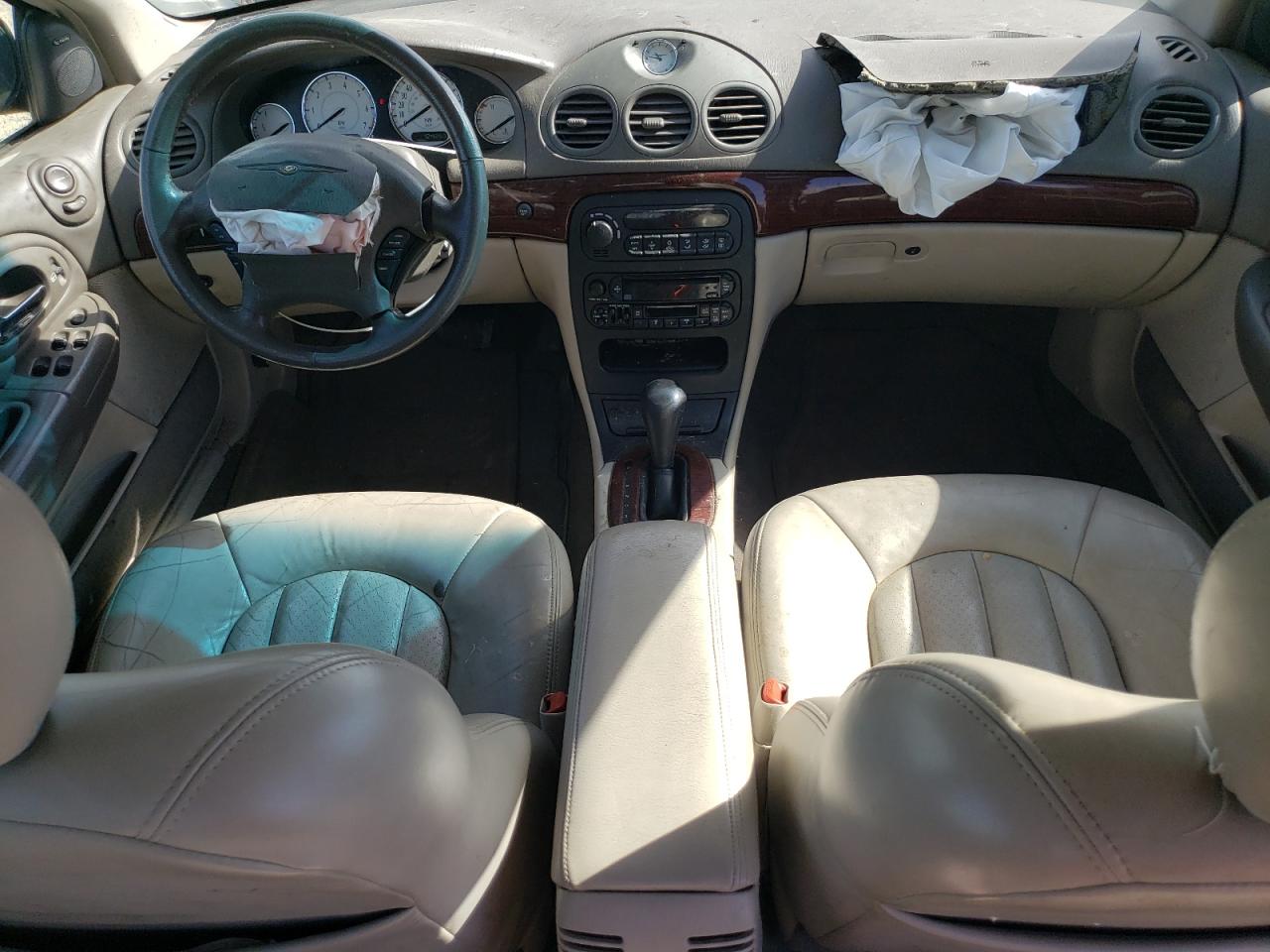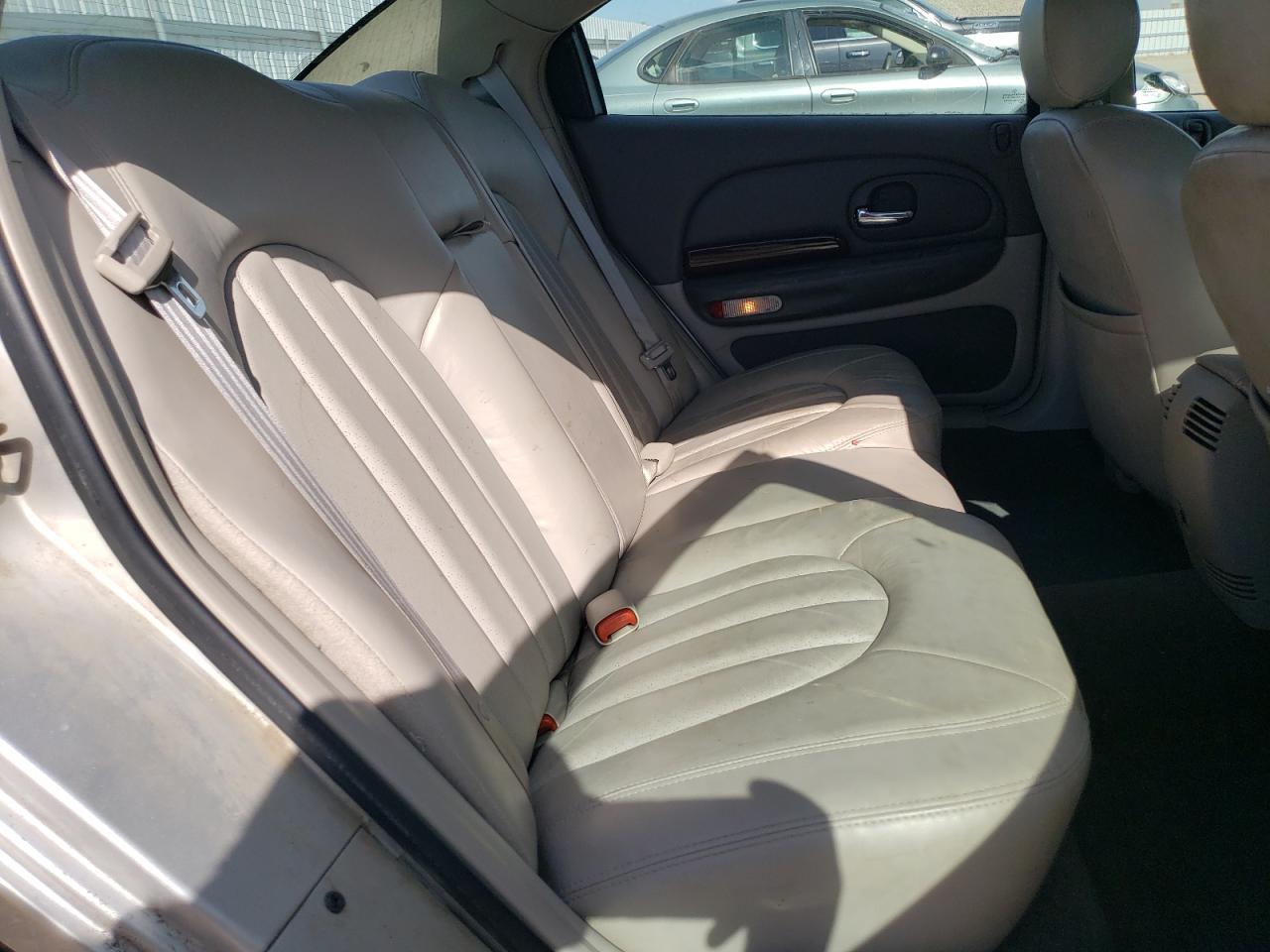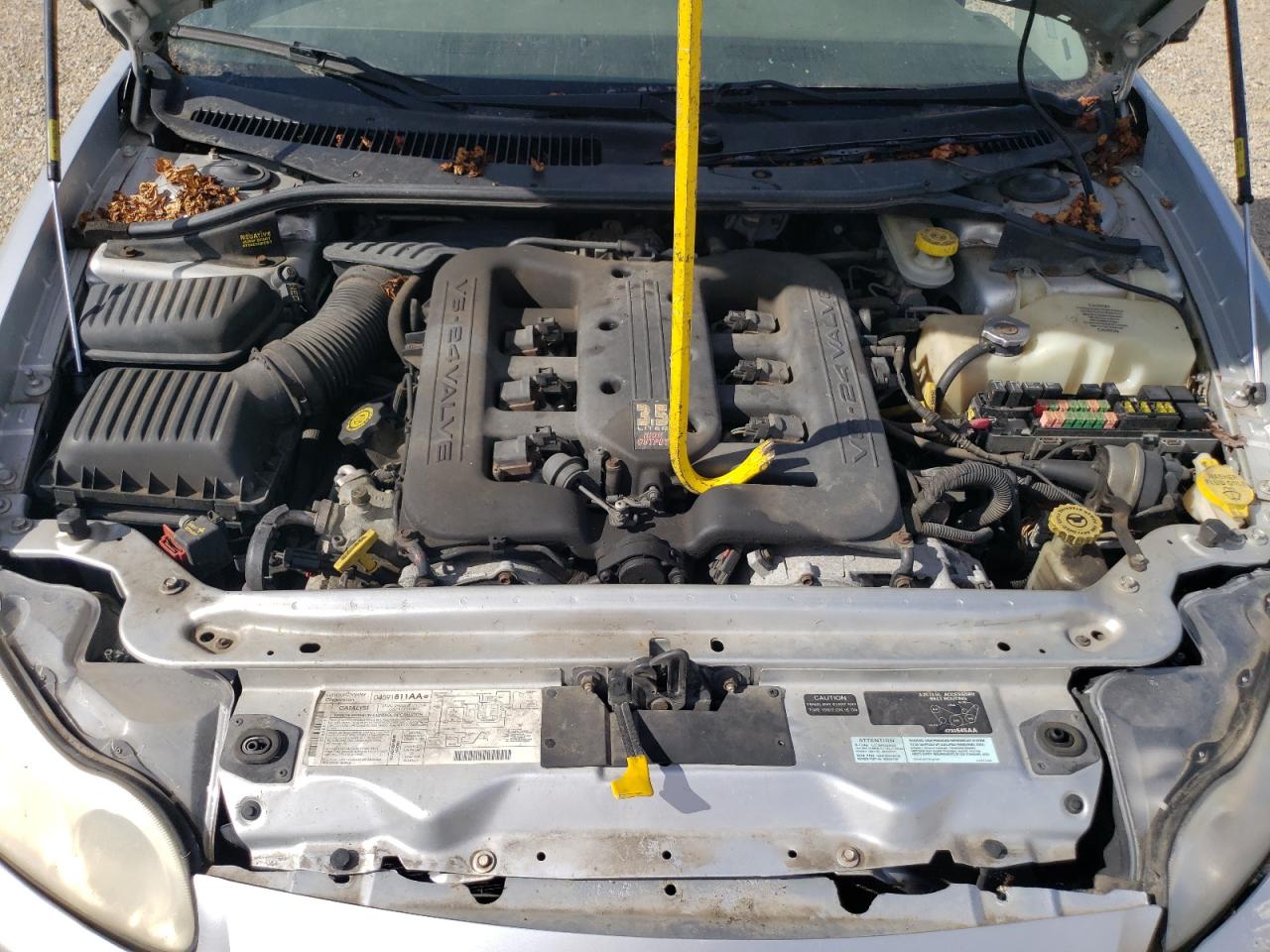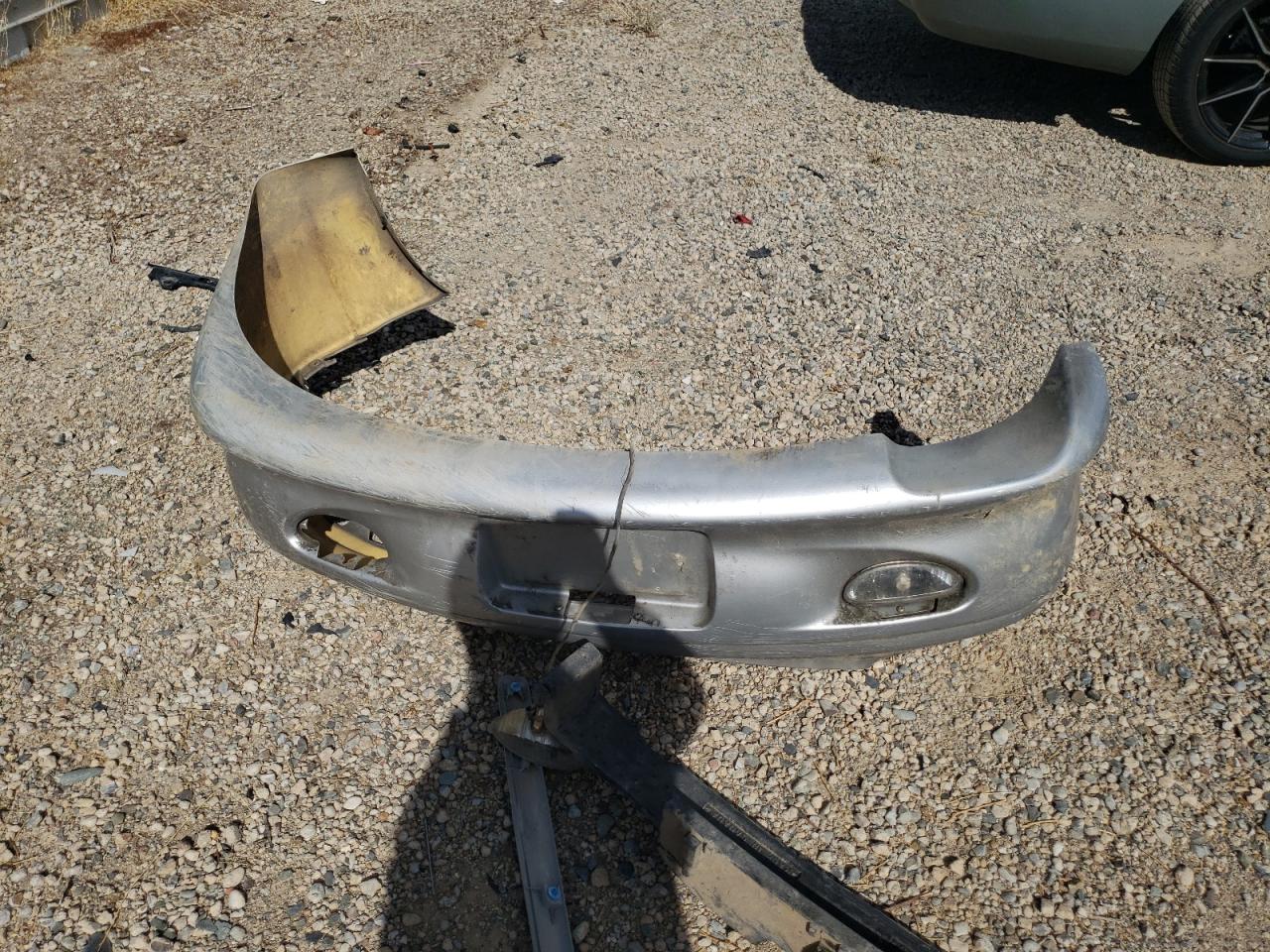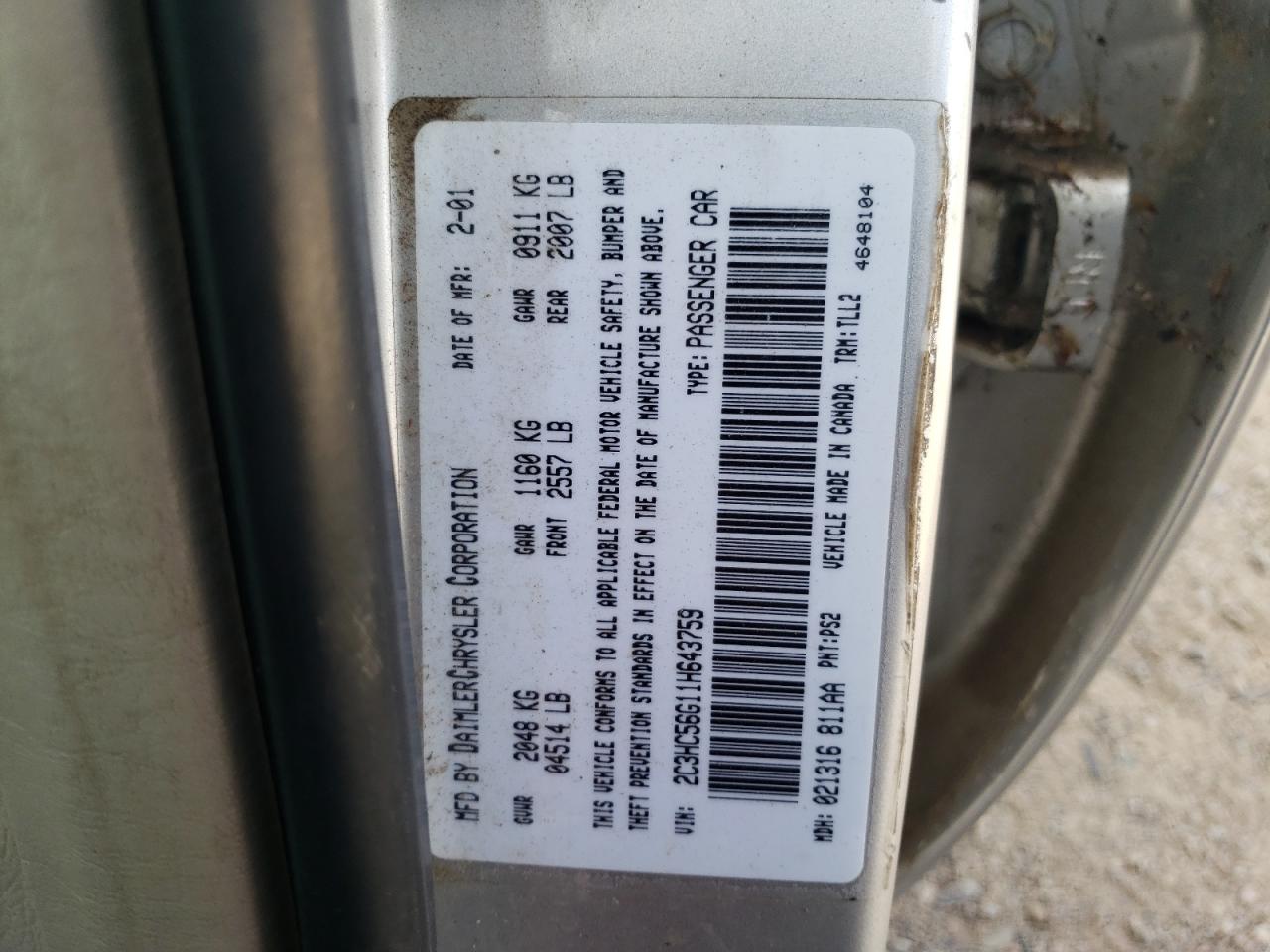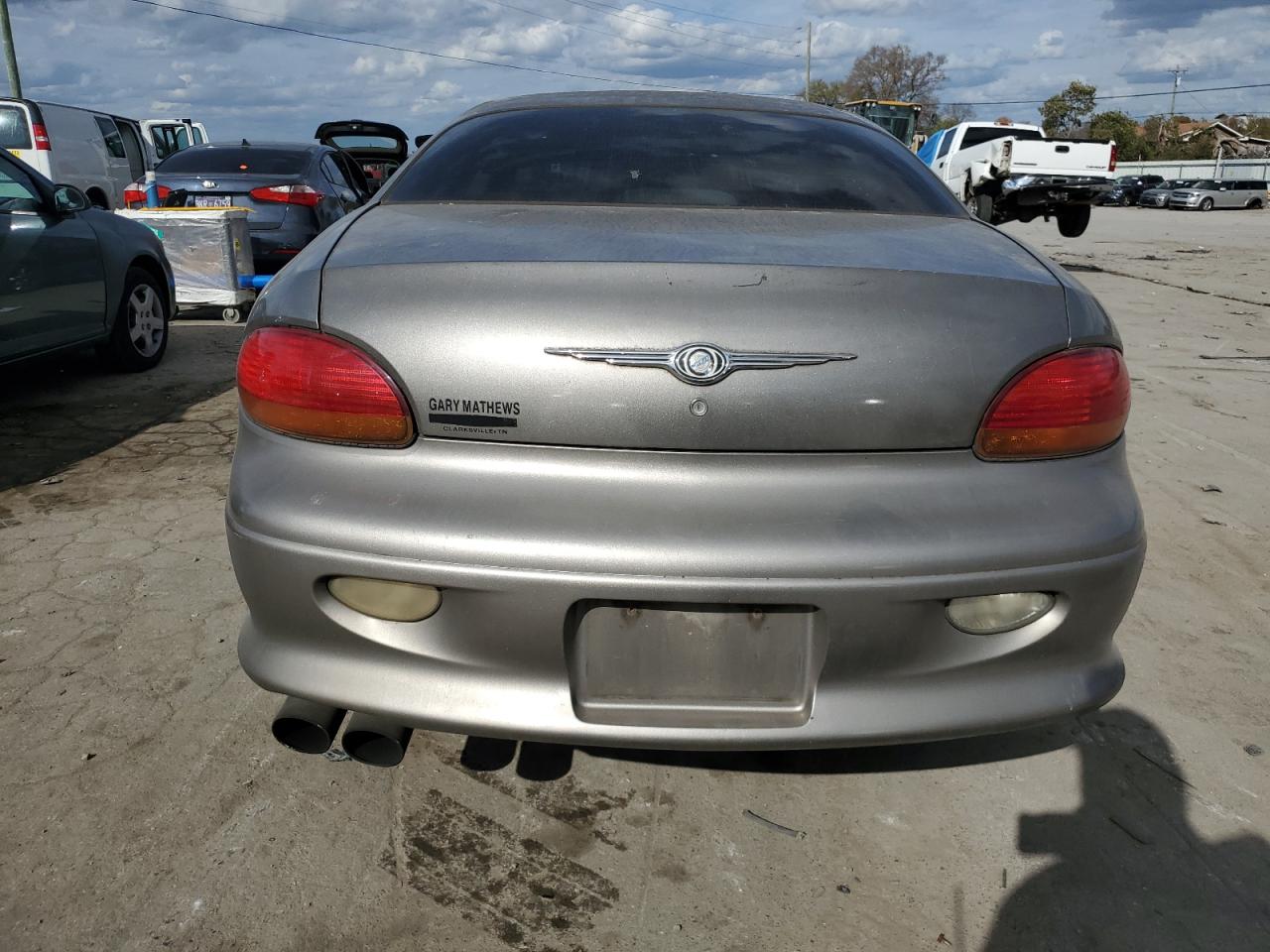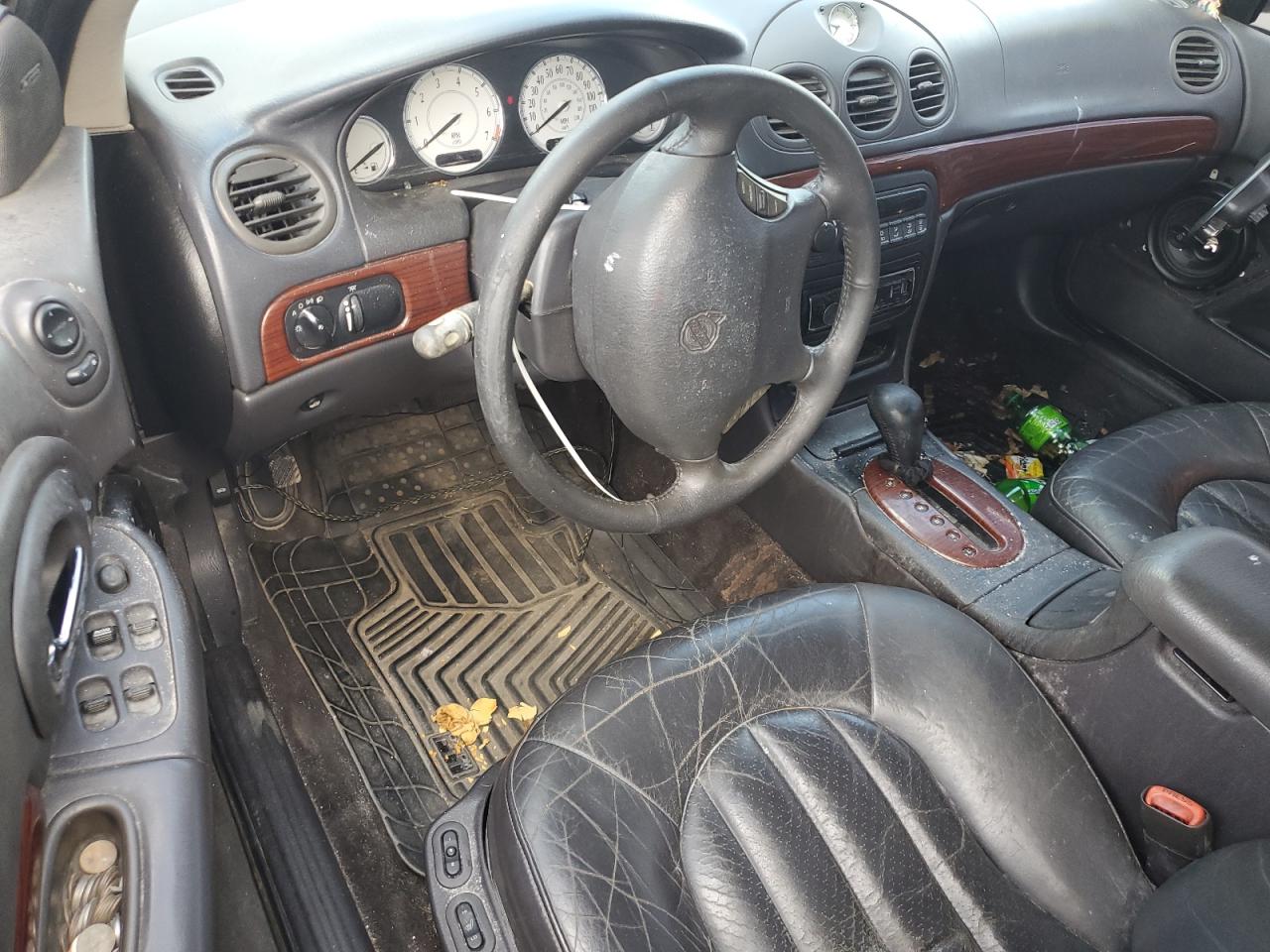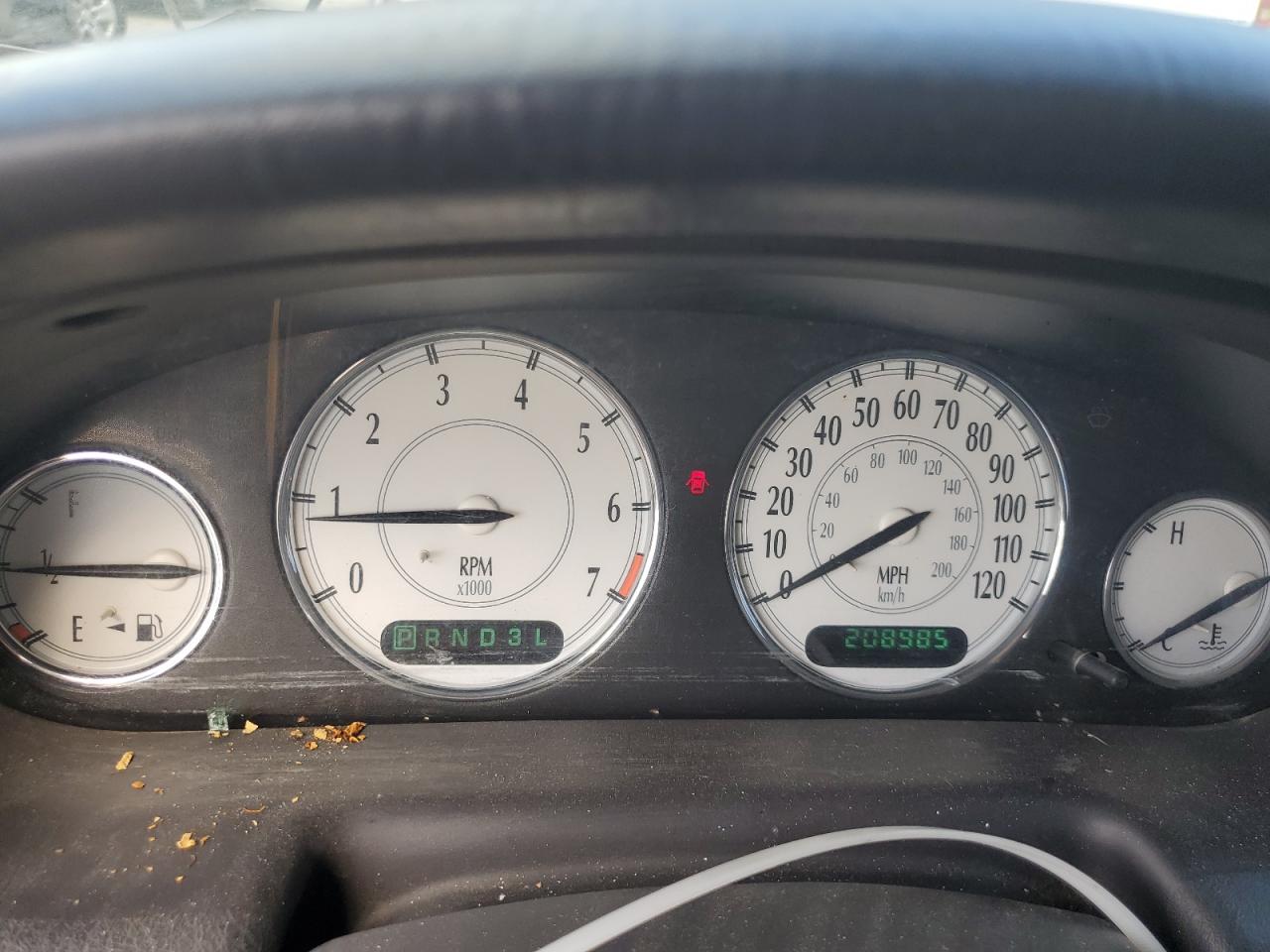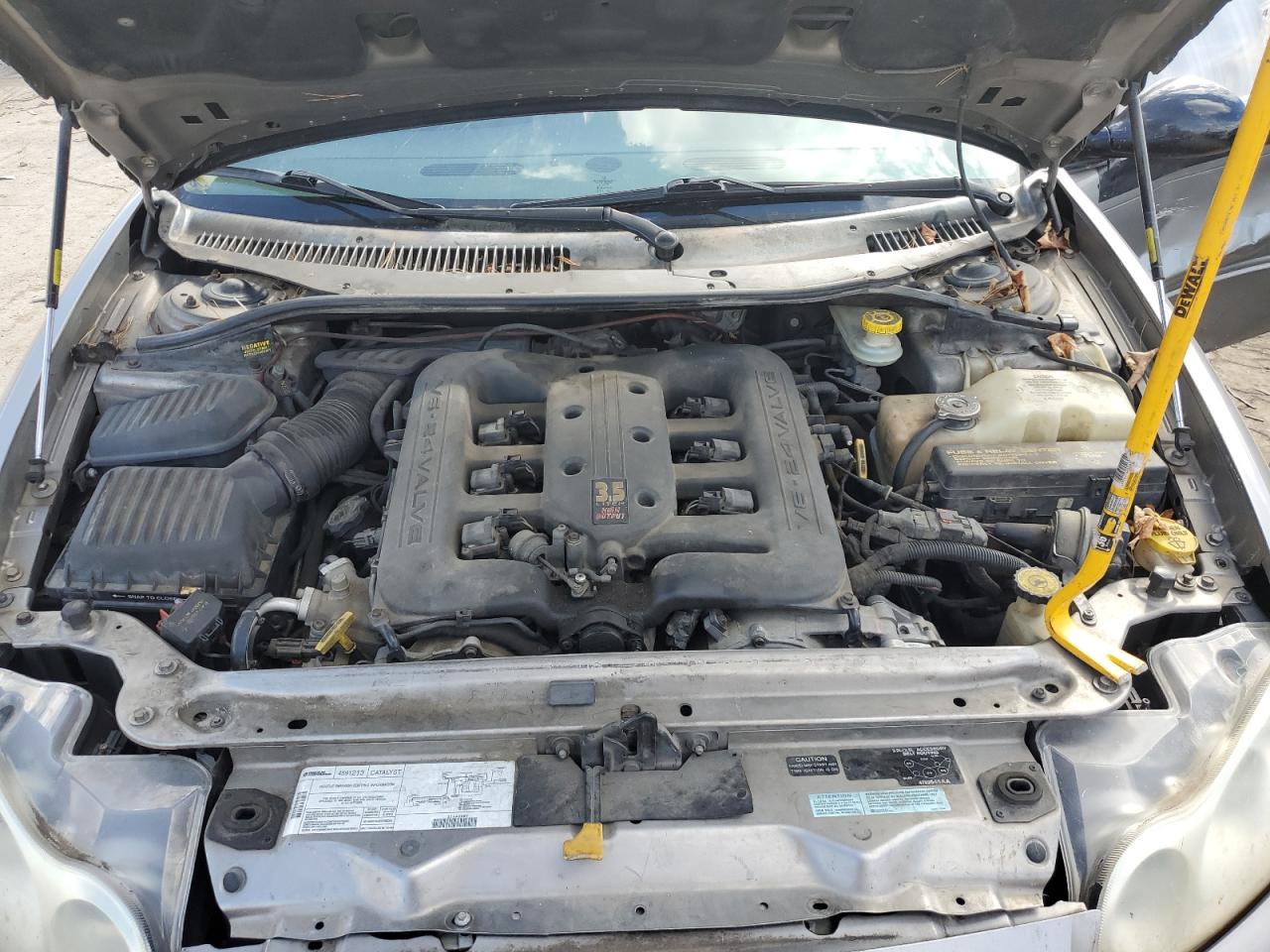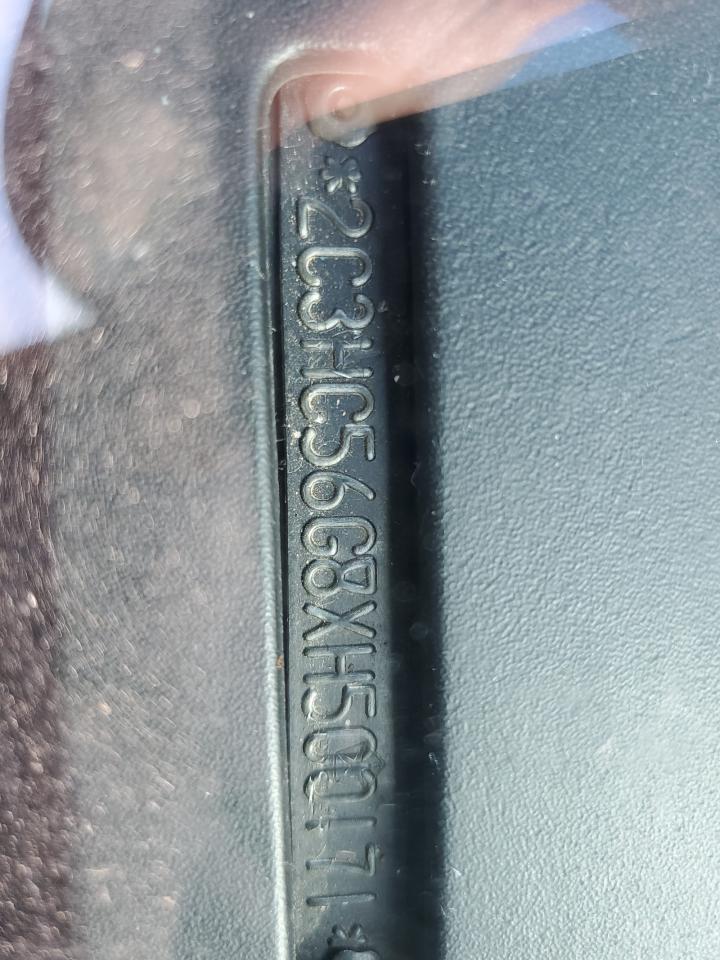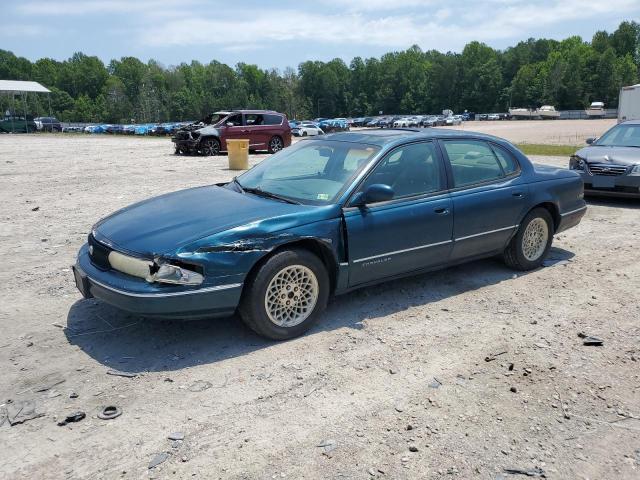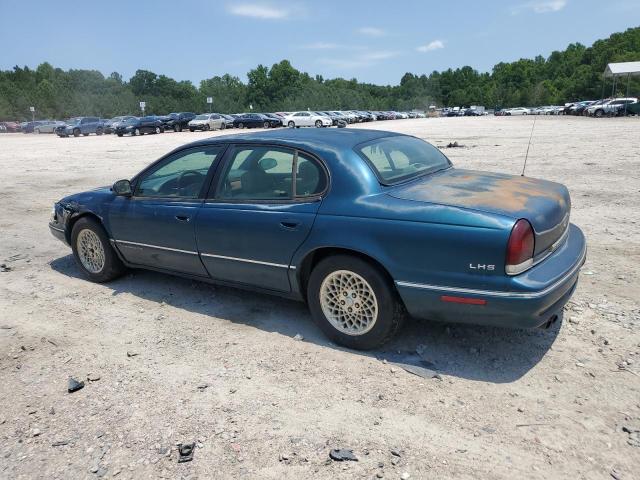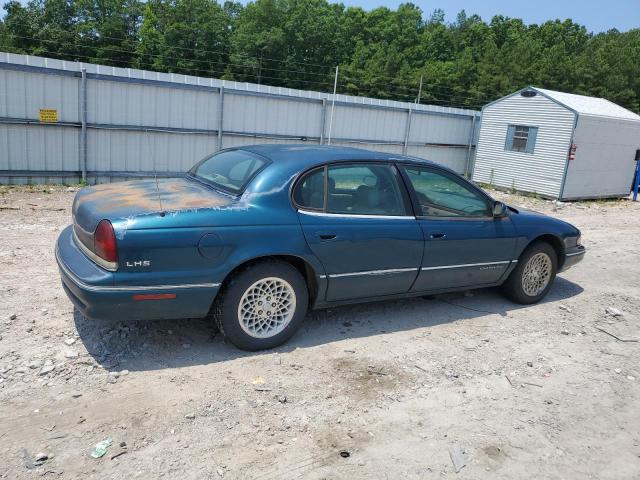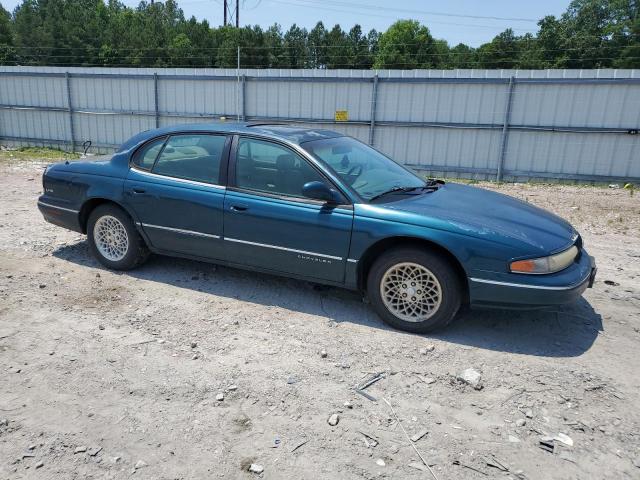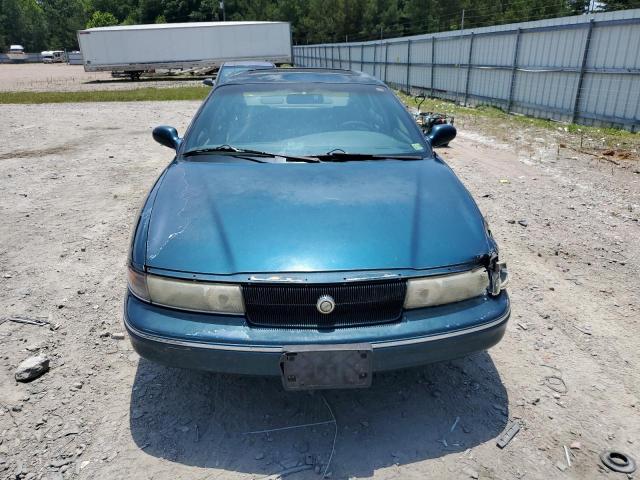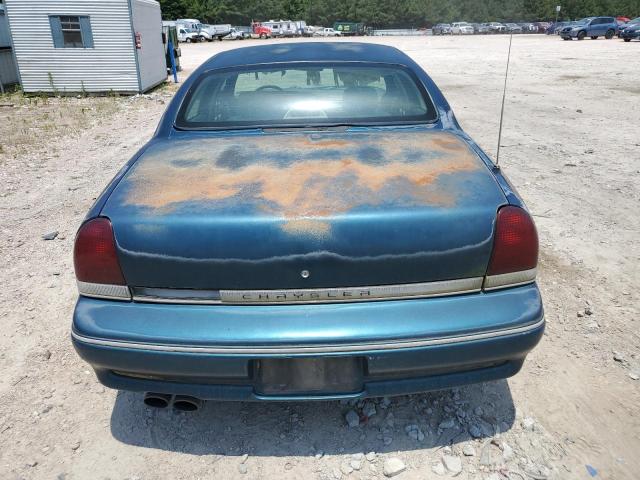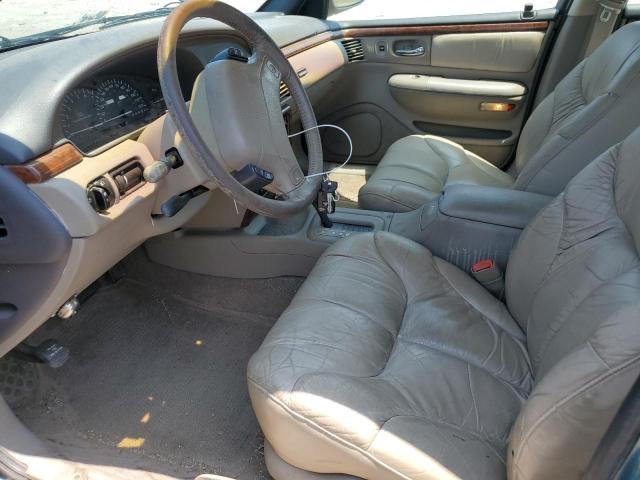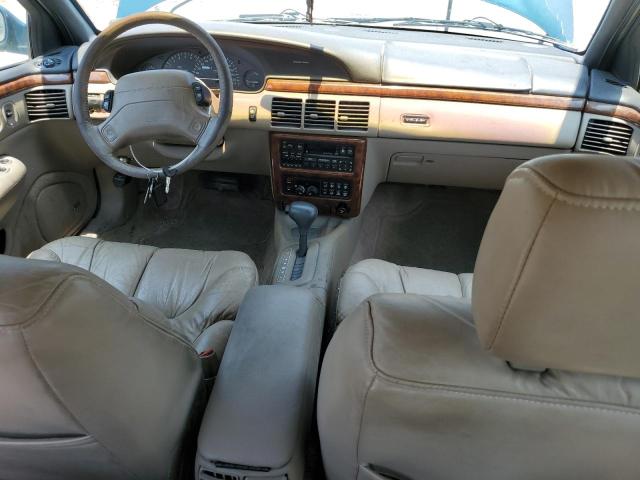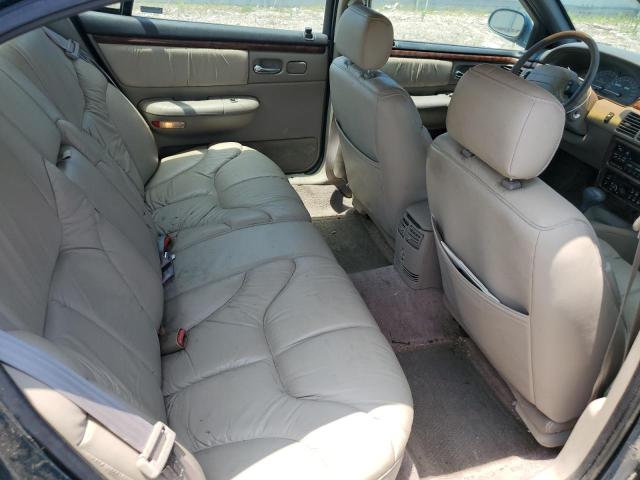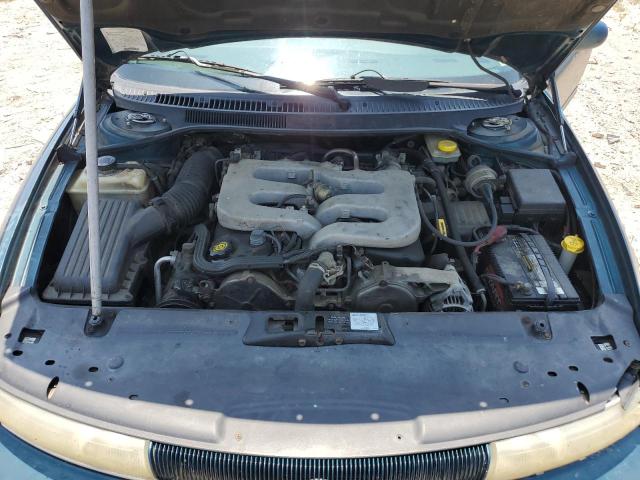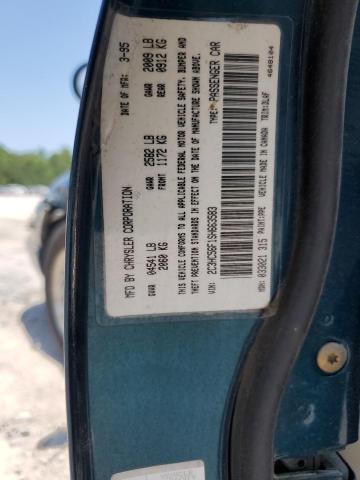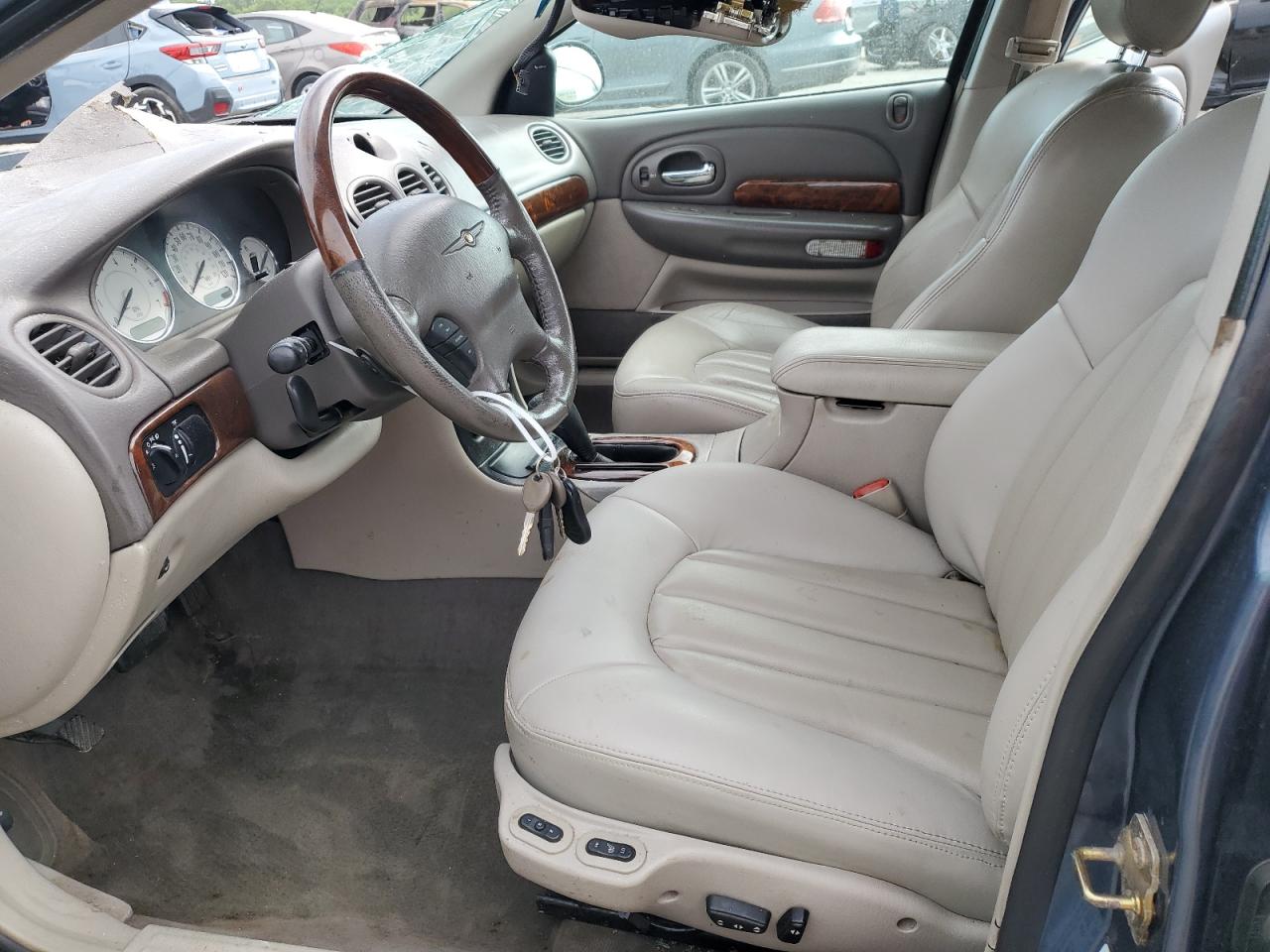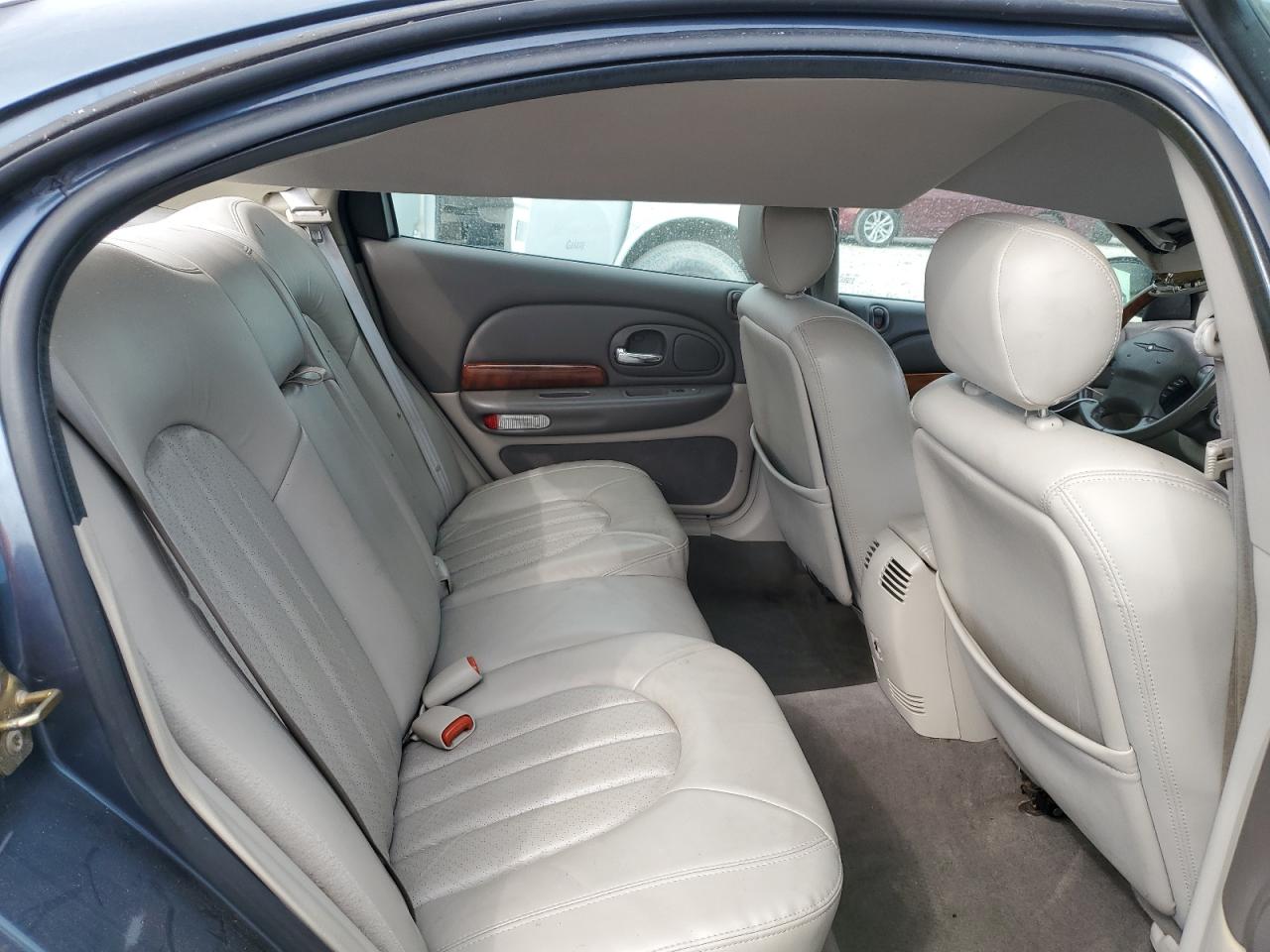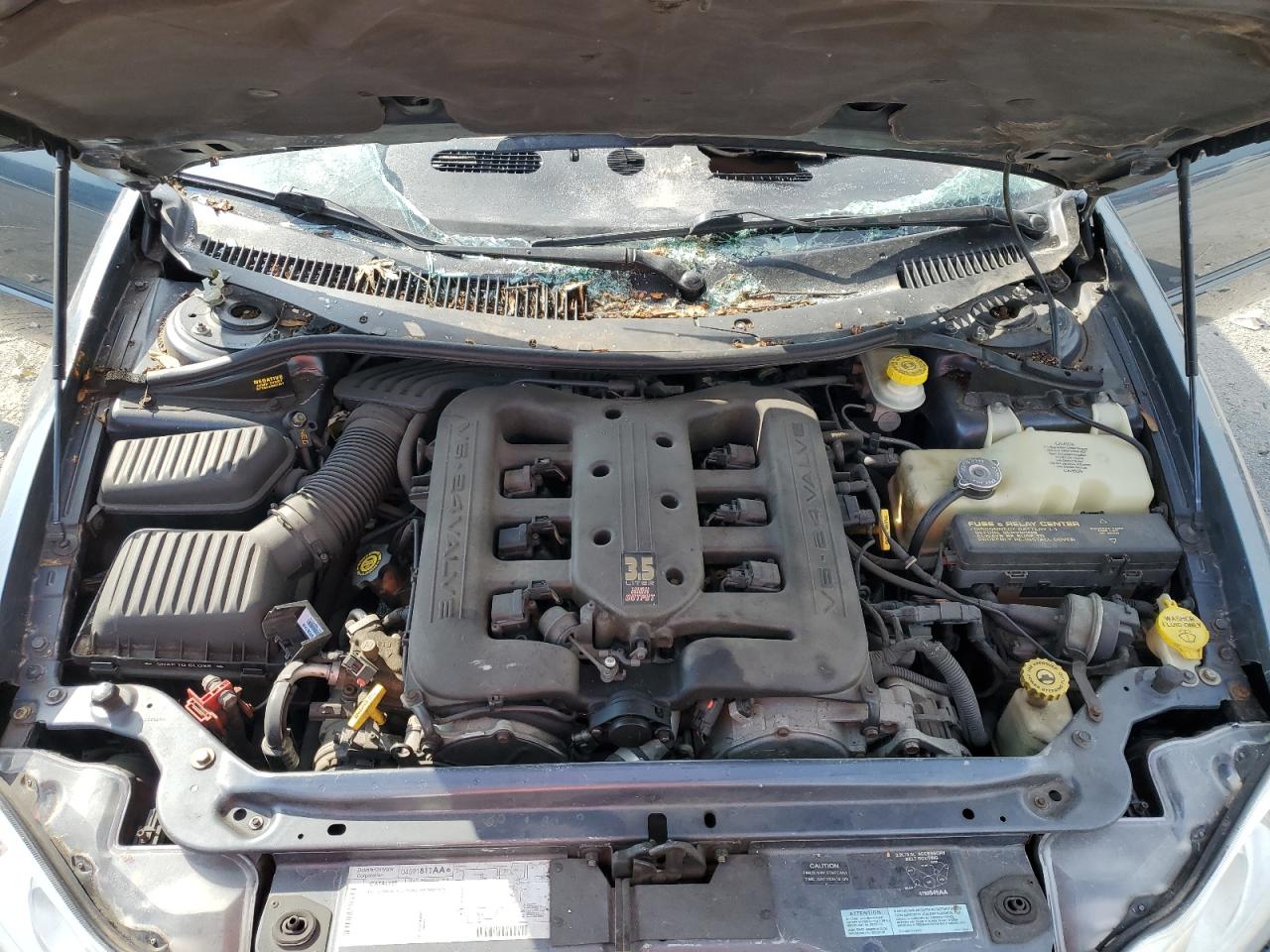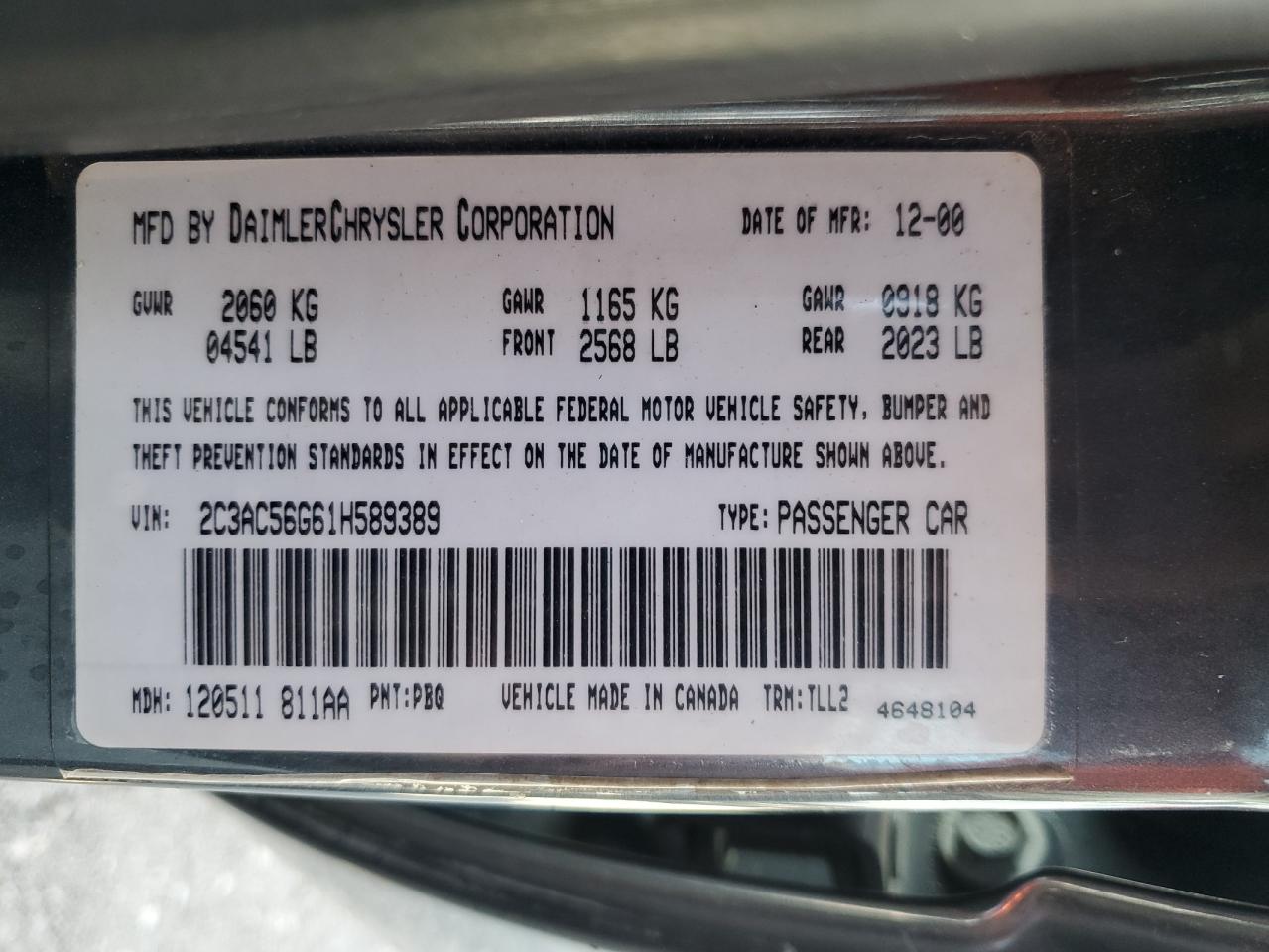Chrysler LHS (18)
1994 Chrysler Lhs
1995 Chrysler Lhs
2000 Chrysler Lhs
1999 Chrysler Lhs
1997 Chrysler Lhs
2000 Chrysler Lhs
2000 Chrysler Lhs
1999 Chrysler Lhs
2000 Chrysler Lhs
2001 Chrysler Lhs
2001 Chrysler Lhs
1997 Chrysler Lhs
1999 Chrysler Lhs
1994 Chrysler Lhs
The Chrysler LHS is a symbol of elegance and comfort in the automotive world, representing luxury and technical innovation within the American automobile industry. Introduced to the market in 1994, the LHS quickly won the hearts of American car enthusiasts with its sophisticated design, luxurious interior and high level of performance. Over the years, the Chrysler LHS has gone through various changes and modifications to reflect the trends and needs of the automotive market.
From the very beginning of its journey, the Chrysler LHS attracted attention with its sophisticated style and outstanding comfort. The first generation of the model, released in 1994, impressed the public with its stunning design, equipment and technological innovations. This version lasted until 1997, during which time it gained many fans and became a symbol of prestige.
Subsequent years brought changes and improvements to the Chrysler LHS lineup. The second generation, released in 1999, introduced a more modern look and additional features to suit the needs of the time. The evolution of this model continued until 2001, when the last version of the second generation Chrysler LHS was released, establishing its position in the market.
History of the Chrysler LHS: from the beginning to the present
The first generation Chrysler LHS, released in 1994, wowed car enthusiasts with its elegant design, spacious interior and advanced technology. It was powered by a powerful V6 engine and offered a wide range of options and features, making it an attractive choice for those who valued comfort and performance.
- Modifications: The first generation Chrysler LHS offered a variety of trim levels, including the base and more luxurious options with an expanded range of options.
- Years of production: The first generation was released from 1994 to 1997.
- Colors: The LHS was offered in a variety of colors, including classic shades such as black, silver and burgundy.
- Sales: Although exact sales figures for the first generation LHS are not always easy to come by, it was well received in the market and had an audience among premium car enthusiasts.
Chrysler subsequently introduced the second generation LHS, which continued the tradition of luxury and innovation. Produced from 1999 to 2001, this sedan offered an even more luxurious interior, advanced technology and improved performance, making it one of the best in its class.
Modifications: evolution of design and technical characteristics
During its existence, the Chrysler LHS went through several modifications, each of which introduced something new to its appearance and technical capabilities. These changes helped the car remain relevant and attractive to consumers throughout its production years.
Evolution of design and technical characteristics
- First generation (1994-1997) : The first version of the Chrysler LHS was introduced in 1994. This car featured an aerodynamic design and a spacious interior. The main technical characteristics were a 3.5-liter V6 engine with 214 hp, a 4-speed automatic transmission and front-wheel drive.
- Second generation (1999-2001) : The second generation, which appeared in 1999, brought significant changes in design and technology. The appearance has become more aggressive and modern, new lighting elements and improved aerodynamics have been added. Technical characteristics also improved: the new 3.5-liter V6 engine now produced 253 hp, which increased the dynamic characteristics of the car.
Throughout its production history, the Chrysler LHS was offered in a variety of colors, including classic black and white, as well as bolder options such as dark green and burgundy. Each new color emphasized the elegant design of the car, making it even more attractive to buyers.
Throughout the model's life cycle, the Chrysler LHS remained popular among car enthusiasts due to its combination of style, power and comfort. Despite some reliability problems with early models, subsequent revisions corrected many of these shortcomings, contributing to steady sales growth.
Popular colors: customer choice and trends
The Chrysler LHS was a car that attracted attention with its elegant design and variety of available colors. Choosing the color of a car is an important aspect for buyers as it reflects their personality and preferences. Color preferences have changed over the years, but certain colors have always remained more popular among Chrysler LHS owners.
During the early years of the Chrysler LHS, classic colors like black and white were especially popular. These colors represented status and elegance, which attracted buyers seeking a solid and respectable appearance for their cars. However, as the automotive market developed and consumer tastes changed, new trends and preferences in choosing colors began to emerge.
Buyer trends and preferences
- Black : This color has consistently remained one of the most popular, as it gives the car elegance and solidity. Black color was chosen by buyers seeking a classic and prestigious look.
- White : Another classic color that was in high demand. White is associated with cleanliness and modernity, making it an attractive choice for many homeowners.
- Silver : This color has become popular due to its versatility and ability to hide minor dirt and scratches. The silver color was preferred by buyers who valued practicality and a modern appearance.
- Dark Blue : Dark blue symbolized stability and confidence, making it popular among buyers seeking reliability and prestige.
- Red : This color was chosen by those who wanted to stand out and emphasize the sporty and dynamic character of their car. The color red is associated with energy and passion, which attracted younger buyers.
Over time, Chrysler LHS buyers began to favor bolder, brighter colors such as red and blue, indicating a growing interest in individuality and originality. However, classic black and white colors have always remained at the top of preferences, confirming their undeniable attractiveness and relevance.
Each color of the Chrysler LHS had its fans, and the choice of color largely depended on the personal preferences and lifestyle of the owner. Regardless of the color chosen, the Chrysler LHS has always remained a symbol of quality and style.
Years of release: main stages and changes
Each generation of Chrysler LHS was distinguished by new technical solutions, design and improvements that allowed the car to remain competitive in the market. Let's consider the main stages and changes that the model has undergone throughout its life cycle.
Release milestones and changes
- 1994-1997: The first generation Chrysler LHS was introduced in 1994. The car received a powerful 3.5-liter V6 engine and featured a spacious interior with a high level of comfort. The first generation design featured a "cab-forward" design, which meant moving the cab forward to increase interior space.
- 1998-2001: In 1998, the second generation Chrysler LHS was released. This generation featured an updated design that was more aerodynamic and modern. Changes were made to the suspension design, which improved handling and driving comfort. The interior also features new materials and more modern technologies.
- 2002-2004: During this period, the Chrysler LHS received a number of updates regarding both appearance and technical content. The main attention was paid to improving the reliability and safety of the car. The LHS was discontinued in 2002 and was replaced by the new Chrysler 300M.
Throughout its production years, the Chrysler LHS was offered in a variety of color schemes, allowing buyers to choose the vehicle to suit their tastes. However, the classic colors remain the main ones: black, silver, white and dark blue.
The Chrysler LHS gained popularity due to its combination of power, comfort and style, allowing it to remain in demand in the market for many years. The most successful years for the model came in the mid-90s, when sales reached their peak, and the most problematic years were the last years before production ceased, when competition appeared on the market in the form of new models.
Sales: analysis of the most successful and problematic periods
The sales history of the Chrysler LHS is a fascinating journey through periods of success and failure. Produced over two generations, the model has attracted attention due to its style, comfort and technical characteristics. However, like many vehicles, the LHS encountered various problems throughout its life cycle.
Let's look at key periods of success and difficulty in Chrysler LHS sales to understand what factors contributed to their emergence and how they affected overall results.
Sales analysis
- Successful periods:
- First generation (1994-1997): During this period, the Chrysler LHS enjoyed considerable popularity due to its modern design and high level of comfort. The car was perceived by the market as a prestigious sedan at a reasonable price, which contributed to high sales.
- 1999: The second generation of the model, introduced in 1999, was also received positively. Its updated appearance, improved performance and high level of safety have made it popular among consumers.
- Problem periods:
- 1998: The transition year between generations proved problematic due to decreased interest in the old model and expectations for the new generation.
- 2001-2002: Sales began to decline due to increasing competition in the luxury sedan segment and Chrysler's internal problems with quality and reliability.
Bottom line: Analysis of Chrysler LHS sales shows that the success of the model was influenced by both its technical and aesthetic characteristics, as well as market conditions and the competitive environment. Successful periods were due to successful design and positioning of the car on the market, while problematic periods were associated with transitional stages between generations and internal problems of the company. These lessons can serve as important guidance for future developments and marketing strategies of automakers.

















